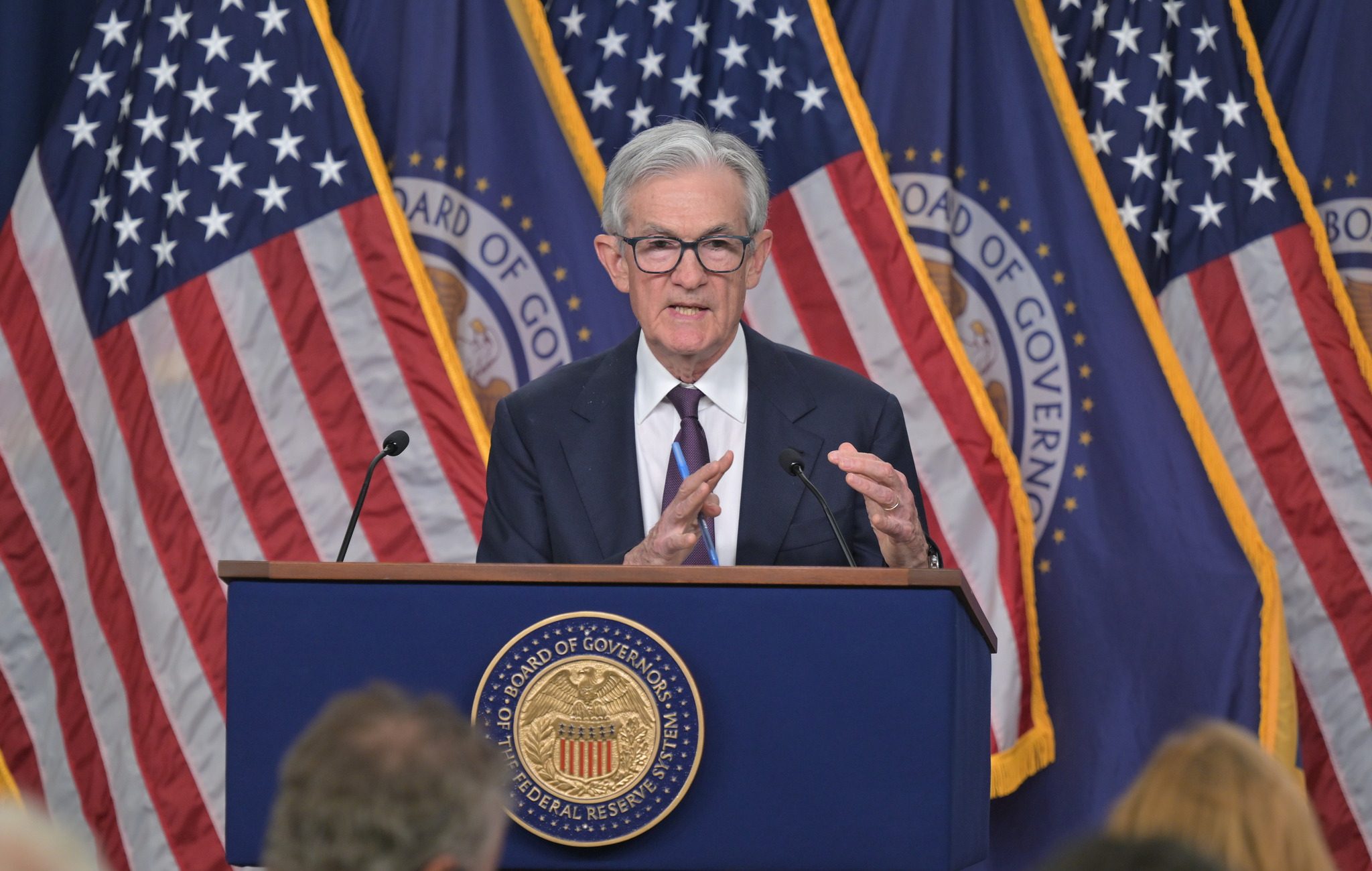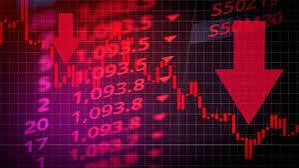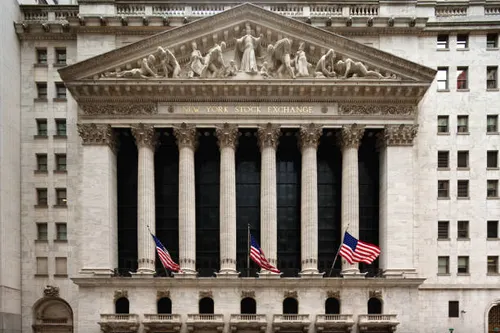The Federal Reserve’s monetary policy committee left the target range for its policy rate unchanged at 4.25 to 4.50 percent at its May 7 meeting, maintaining the level set in December 2024. Although tariffs have added to economic uncertainty, market participants widely expected the Fed to hold rates steady.
At the post-meeting press conference, Fed Chair Jerome Powell said the committee continues to view the US economy as solid, despite rising uncertainty. He noted that unemployment remains low and the labor market is at or near maximum employment. But he also cautioned that the risks of both higher unemployment and elevated inflation have increased.
Powell explained that the Administration’s trade policies prompted businesses to front-load imports in anticipation of potential tariffs, causing an unusual swing in net exports that complicated first-quarter GDP measurement. Nevertheless, he highlighted that private domestic final purchases — which exclude net exports, inventory investment, and government spending — grew at a solid 3 percent pace. But he also warned of a sharp decline in business and consumer sentiment, which could dampen spending later this year.
Wage growth has moderated to what Powell described as a more sustainable trajectory that continues to outpace inflation. On prices, he noted that both headline and core inflation remain above the Fed’s 2-percent target. Market– and survey-based measures suggest that households and businesses expect tariffs to push inflation higher in the near term. But Powell emphasized that long-term inflation expectations remain anchored at the Fed’s 2-percent goal.
Powell also pointed to substantial changes in trade, immigration, fiscal, and regulatory policy under the Trump Administration, noting that their effects remain uncertain as the specific policies are still evolving. He assured listeners that the committee will continue to monitor these developments closely and adjust monetary policy as needed to fulfill its mandate of price stability and maximum employment.
Powell warned that, if the Administration follows through with its announced tariffs, inflation will likely rise, economic growth will fall, and unemployment will increase. He was careful to point out, however, that the inflationary effects could prove temporary if the tariffs result in only a one-time upward shift in the price level. That said, he acknowledged that the inflationary impact could persist if it takes longer for the tariffs’ effects to pass through fully into prices.
Powell reiterated that the committee is obligated to keep long-run inflation expectations anchored at 2 percent and to prevent one-time price level increases from developing into an ongoing inflation problem. Fulfilling this obligation could require placing greater weight on the price-stability side of the Fed’s mandate, he said, noting that sustained price stability is essential for sustaining strong labor markets.
Finally, Powell cautioned that the Administration’s policies could create tension between the Fed’s dual mandate of price stability and maximum employment. If that happens, Powell explained, the committee would assess how far inflation and unemployment are from their respective goals and how long it might take for those gaps to close, adjusting policy as needed. For the time being, however, Powell said the committee believes a wait-and-see approach is best until uncertainty surrounding the Administration’s policies decreases.
Anurag Dhole is a seasoned journalist and content writer with a passion for delivering timely, accurate, and engaging stories. With over 8 years of experience in digital media, she covers a wide range of topics—from breaking news and politics to business insights and cultural trends. Jane's writing style blends clarity with depth, aiming to inform and inspire readers in a fast-paced media landscape. When she’s not chasing stories, she’s likely reading investigative features or exploring local cafés for her next writing spot.






